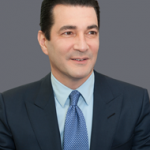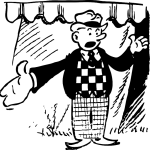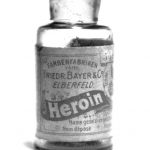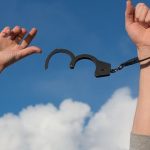
Image by Pepper Mint from Pixabay
It’s Monday, Nov. 25th at 2:12 pm., three days before Thanksgiving. I’m sitting with my computer at the kitchen table of an old friend who’s dying of bone cancer. On the table are tablets of hydromorphone and vials of liquid morphine carefully labeled and organized in glass dishes, one dish each two hours. His wife had to go to work, and she left me a set of instructions, a log for keeping track of what medication was administered and when. A large bottle of ibuprofen, some muscle relaxant and the wi-fi password.
I have work to do, but I am happy to be here, happy to help, since these people helped me when my wife was sick. Help is something that never dies, you never forget it, and it makes the whole thing worth living.
My friend is sleeping now, and unless he rings for something, I’ll wake him up at 3:30, give him any medications he may ask for, see if he wants food or needs to use the urine bottle. It’s windy outside with the trees blowing, shifting the pattern of shadows across the kitchen wall, and the wind whistles a bit, like some old movie about death. I’m trying to be philosophical about things, but it’s all pretty practical.
His wife says he’s ready to go, he’s tired of being in a sick body, trapped and medicated. He’s always been tough, never complaining. The hospice nurse left a few minutes ago. She was going to give him a bath, and he told me I had to pay to watch. I told his wife I could handle whatever came up, I once worked with handicapped people, changed adult diapers, and when my wife’s father was dying, I helped him use the urine bottle. My friend’s wife said that was good, she’d tell her husband so he wouldn’t be worried I’d be grossed out.
He hasn’t been eating and even though he is terribly thin, he still has a brightness about him, a sense of humor that the drugs haven’t dulled.
I know what’s coming, because I’ve been through the death of my wife. Even sick, even in a hospital bed with tubes and bright lines of respiration, blood pressure, heart rate, the person is still there, is still recognizable, is still with you no matter how diminished the state. But once they leave the body, that sick and painful flesh, something changes. The “with you” stops so suddenly it is stunning. And you are alone, albeit with friends and family, who cannot hope to substitute, but their very presence is evidence of love and friendship that brightens the emptiness of room, of bed, of heart.
Everyone dies, everyone loses those most loved, and that alone puts a terrible edge to life, but it is life, not death that matters. And when living, when having Thanksgiving dinner with friends and family, waste not the time on petty differences, politics, quibbles and quarrels. See those relatives – those vegans, vegetarians, those non-dairy gluten-free, organic-vegetable-only guests who don’t drink or drink too much, refuse to participate in the blessing, who say the turkey is too dry, the cranberries too tart, the stuffing not like their mother used to make, and is there any sugar at all in the pie? See them not for their faults or their politics or their religious biases and the annoyances they may bring to the table. See them instead as those beings who have shared your life, your table, your troubles, your friendship, who are traveling though time with you, on a journey somewhere we hope one day to understand.
I go to check on my friend. He is sleeping, I think, although I cannot see his chest rising and falling as it should. I will wake him in 15 minutes and he will either wake or not.
So what does this have to do with religion? Religion embodies our trust and faith in life without end, in a connection with truth that transcends the flesh, the travail and the temptations and the errors and the regrets of what we have done or haven’t done.
It’s 3:30, I’m going to check on my friend. Think of that at Thanksgiving and thank God for what you have for what you are and for your friends and family. Life is so much bigger than little upsets, embrace the wonder of those you have at the table, and give thanks for them. That’s the real meaning of Thanksgiving.








Recent Comments